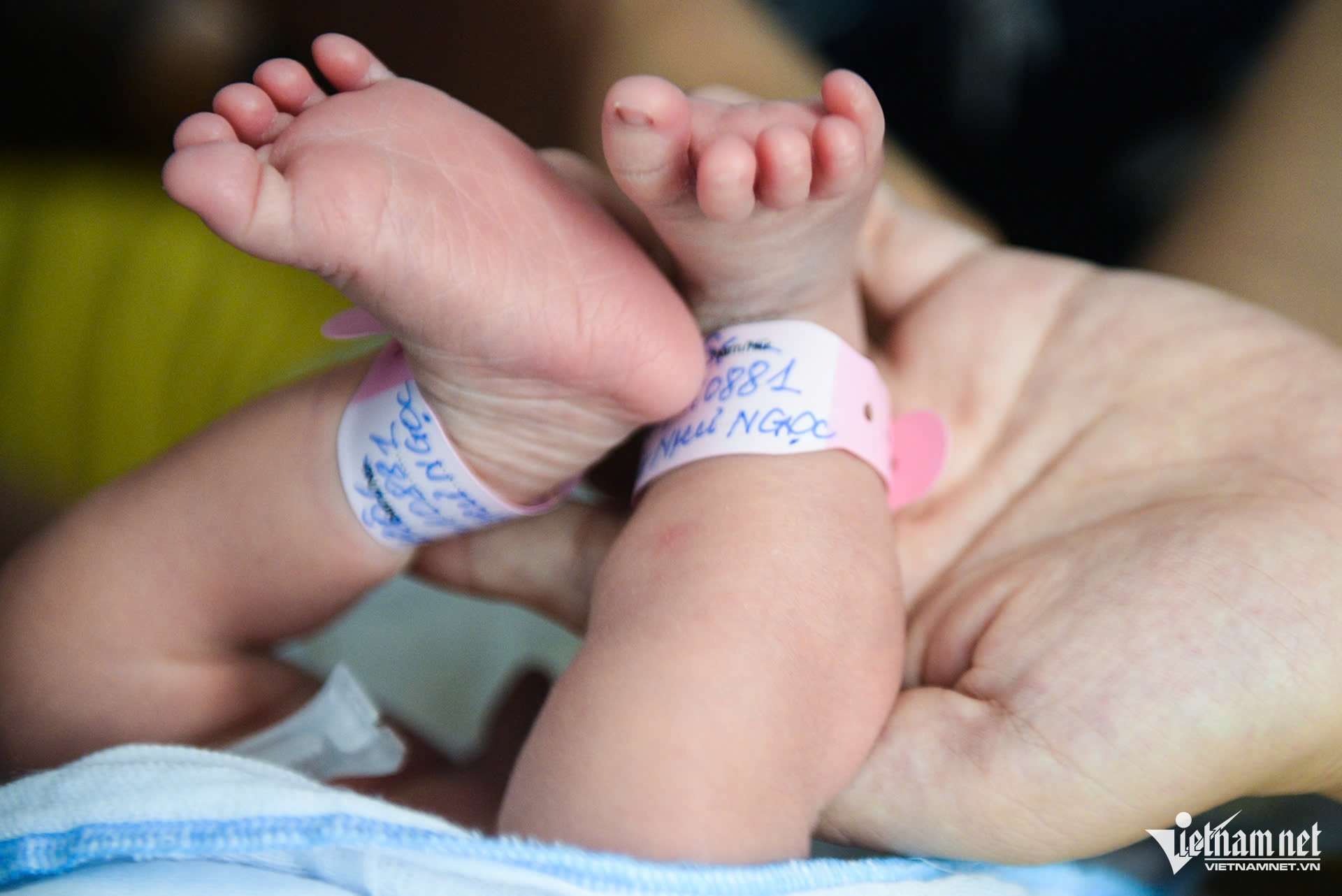
HCM City voters, in a proposal to the 15th National Assembly’s seventh session, asked to apply measures to increase the birth rate in cities and reduce the aging population rate to avoid a labor shortage.
Lan said Vietnam could reach a replacement fertility rate in 2006, but the result remains unsustainable and there have been signs of a low replacement rate. The figure was 1.96 children per woman, the lowest level so far, while the rate is predicted to continue to decrease in upcoming years.
“The trend of a low or very low fertility rate can be seen in certain urban areas,” Lan said.
Reports show that in 2016, for every 1,000 urban residents, there were 15.5 live births, but in 2023, the figure dropped to 13.5. The crude birth rate of the urban areas is always lower than the country’s average level.
According to Lan, 21 out of the country's 63 provinces and major cities have low fertility rates, accounting for 40 percent of the total population of the country. They are mostly located in the southern key economic zone with high urbanization and rapid economic growth.
The southeastern region, which has the highest income per capita, has the lowest fertility rate in the country, 1.47 children per woman.
“The low fertility rate, if it continues for a long time, will cause serious consequences, including a rapidly aging population and a labor shortage, affecting social welfare,” Lan warned.
In a document answering HCM City voters’ questions, Lan said that in order to maintain the replacement fertility rate, the Prime Minister released Decision No 588 in 2020, approving a program on adjusting fertility rates suited to regions by 2030.
Under the program, in localities which have reached the replacement rate and have a low fertility rate, tasks and solutions are urgently needed to encourage people to have at least two children.
It is necessary to remove previous regulations by organizations, agencies, units and communities that were aimed at reducing the fertility rate, and amend policies to encourage couples to have two children based on an assessment about the possible impact of policies on laborers, jobs, housing, social welfare, education and healthcare.
Local governments have the right to conduct research and issue measures to support couples to have two children. Some of the suggested measures are allowing couples with at least two children to buy social housing and lease houses; prioritizing children to enroll in public schools and giving financial support in education.
Lan cited Decision 588 as saying that Vietnam needs to pilot measures on increasing the social responsibility of individuals who do not marry or marry late, to be applied in areas with low fertility rates in order to reach the replacement fertility rate (this cover s30 cities/provinces).
Financial support
The Ministry of Health has issued Circular 01/2021 on policies to reward, support and encourage replacement fertility rates, under which the provinces with low fertility rates can consider their real situation to either give financial support in kind or cash to women having two babies before they are 35 years old.
The ministry is also considering encouragement measures in the draft law on population, expected to be submitted to the National Assembly for approval in October 2025.
Lan said some cities and provinces in areas with low fertility rates and replacement rates have policies on cash bonuses given to communes, wards, towns and hamlets where the number of couples of childbearing age having two children is higher than required; giving support in money or in kind; giving lump sum support to women who have two children before the age of 35; and offering tuition remission from preschool to high school.
Since July 15, 2022, Hau Giang province has given lump sum support of VND1.5 million to women who have had two children before the age of 35. In Tien Giang, since 2022, women who had two children before the age of 35 have received VND1 million.
Vo Thu